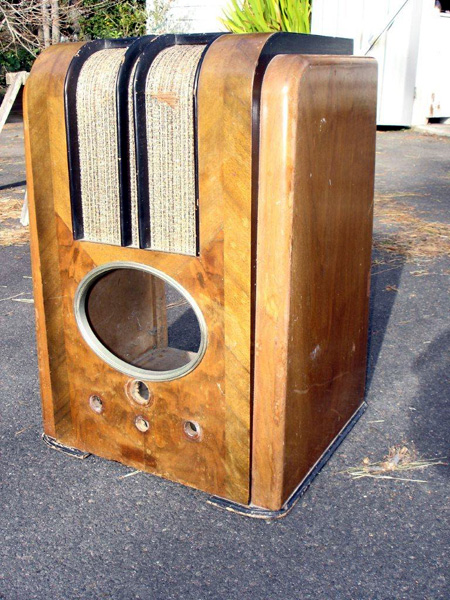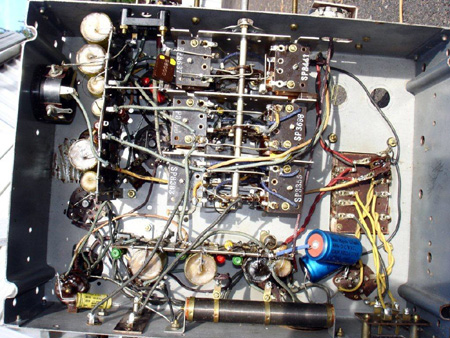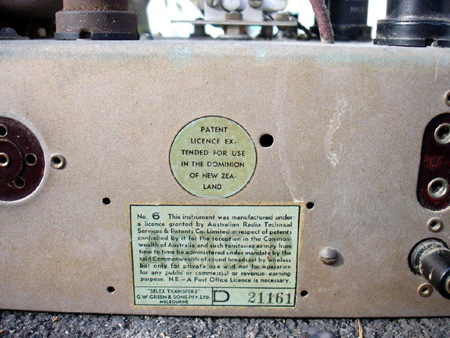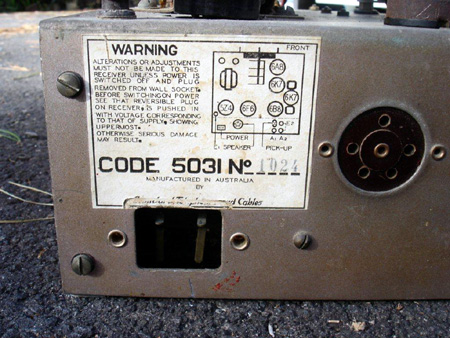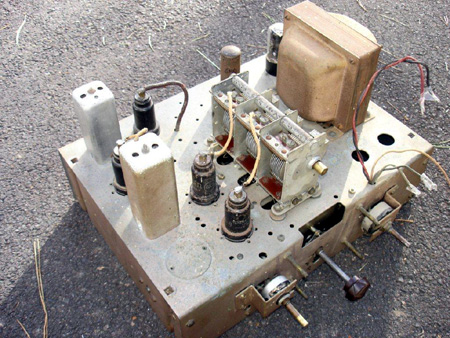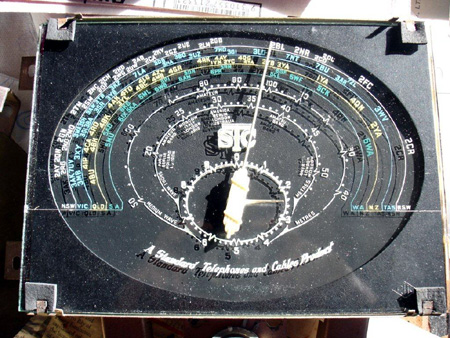Tech Talk
Forum home - Go back to Tech talk
|
STC 5031
|
|
|
Return to top of page · Post #: 1 · Written at 9:21:15 AM on 13 July 2010.
|
|
|
|
Location: Tauranga, NZ
Member since 13 July 2010 Member #: 695 Postcount: 35 |
|
My first post is a request for schematic alignment procedure etc. for an stc upright table model. |
|
|
Return to top of page · Post #: 2 · Written at 10:23:51 AM on 14 July 2010.
|
|
|
|
Location: NSW
Member since 10 June 2010 Member #: 681 Postcount: 1265 |
|
Hello sandbar40 |
|
|
Return to top of page · Post #: 3 · Written at 3:34:34 PM on 14 July 2010.
|
|
|
|
Location: Tauranga, NZ
Member since 13 July 2010 Member #: 695 Postcount: 35 |
|
Hi Graham, |
|
|
Return to top of page · Post #: 4 · Written at 4:54:25 PM on 14 July 2010.
|
|
|
|
Location: NSW
Member since 10 June 2010 Member #: 681 Postcount: 1265 |
|
Hello again Tim |
|
|
Return to top of page · Post #: 5 · Written at 8:43:29 PM on 14 July 2010.
|
|
|
|
Location: Wangaratta, VIC
Member since 21 February 2009 Member #: 438 Postcount: 5269 |
|
If my memory serves me well. 6D6 is a 6U7 with a different base. 6A7, 6A8 same deal. 6B7, 6B8 again base different only; 42 became 6F6 when they changed the base. |
|
|
Return to top of page · Post #: 6 · Written at 5:04:57 PM on 15 July 2010.
|
|
|
|
Location: NSW
Member since 10 June 2010 Member #: 681 Postcount: 1265 |
|
Thanks Marcc, I didn't mean to hint that the 6K7 and 6U7 were identical in characteristics. Just that the 6K7 was the right valve for the job. |
|
|
Return to top of page · Post #: 7 · Written at 9:02:18 PM on 15 July 2010.
|
|
|
|
Location: Wangaratta, VIC
Member since 21 February 2009 Member #: 438 Postcount: 5269 |
|
Mainly pointing out that a 6U7 in the place of 6K7 may not end badly. |
|
|
Return to top of page · Post #: 8 · Written at 10:01:57 PM on 15 July 2010.
|
|
|
|
Location: NSW
Member since 10 June 2010 Member #: 681 Postcount: 1265 |
|
Yes - the possibilities are endless. |
|
|
Return to top of page · Post #: 9 · Written at 12:53:02 AM on 16 July 2010.
|
|
|
|
Location: Wangaratta, VIC
Member since 21 February 2009 Member #: 438 Postcount: 5269 |
|
Midwest USA was using the octals in 1934. So they were about. |
|
|
Return to top of page · Post #: 10 · Written at 9:55:51 AM on 16 July 2010.
|
|
|
|
Location: NSW
Member since 10 June 2010 Member #: 681 Postcount: 1265 |
|
Since the radio is in New Zealand and NZ imported a lot of US radios, maybe 6K7s were available there. |
|
|
Return to top of page · Post #: 11 · Written at 1:06:01 PM on 16 July 2010.
|
|
|
|
Location: Wangaratta, VIC
Member since 21 February 2009 Member #: 438 Postcount: 5269 |
|
I must re visit the spec sheet of the two RF pentodes. The yanks seemed to use a lot of 6K7's & 6U7 was a horror without shields and not spectacular in the reliabiliy area. I have had to replace quite a few. |
|
|
Return to top of page · Post #: 12 · Written at 2:12:56 PM on 16 July 2010.
|
|
|
|
Location: Tauranga, NZ
Member since 13 July 2010 Member #: 695 Postcount: 35 |
|
Thanks for your input guys,have some photos now , will send to Brad. |
|
|
Return to top of page · Post #: 13 · Written at 3:20:29 PM on 16 July 2010.
|
|
|
|
Location: NSW
Member since 10 June 2010 Member #: 681 Postcount: 1265 |
|
OK Tim I will get it scanned. |
|
|
Return to top of page · Post #: 14 · Written at 4:35:09 PM on 16 July 2010.
|
|
|
|
Location: Tauranga, NZ
Member since 13 July 2010 Member #: 695 Postcount: 35 |
|
Graham, |
|
|
Return to top of page · Post #: 15 · Written at 4:45:09 PM on 16 July 2010.
|
|
|
|
Location: NSW
Member since 10 June 2010 Member #: 681 Postcount: 1265 |
|
OK Tim, done. |
|
|
You need to be a member to post comments on this forum.
|
|

Sign In

Vintage Radio and Television is proudly brought to you by an era where things were built with pride and made to last.
DISCLAIMER: Valve radios and televisions contain voltages that can deliver lethal shocks. You should not attempt to work on a valve radio or other electrical appliances unless you know exactly what you are doing and have gained some experience with electronics and working around high voltages. The owner, administrators and staff of Vintage Radio & Television will accept no liability for any damage, injury or loss of life that comes as a result of your use or mis-use of information on this website. Please read our Safety Warning before using this website.
WARNING: Under no circumstances should you ever apply power to a vintage radio, television or other electrical appliance you have acquired without first having it checked and serviced by an experienced person. Also, at no time should any appliance be connected to an electricity supply if the power cord is damaged. If in doubt, do not apply power.
Shintara - Keepin' It Real · VileSilencer - Maintain The Rage

